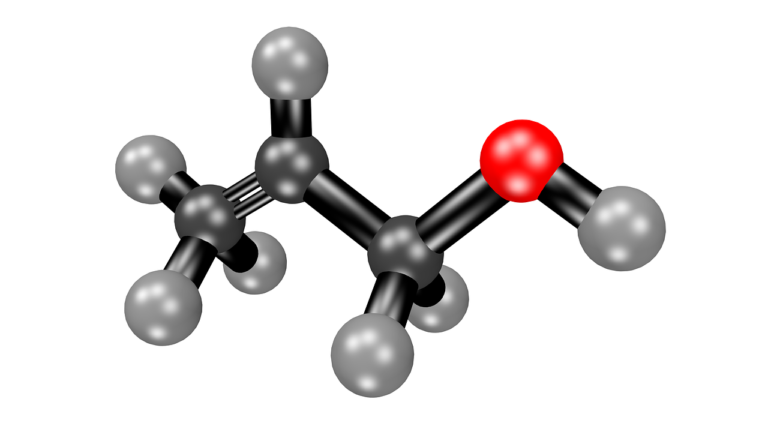Embarking on the fascinating journey of chemical kinetics, my latest exploration delves into the intricacies of reaction rates and stoichiometry, with a spotlight on the decomposition of ammonia (NH₃). Unraveling the molecular ballet of the equation 2NH₃(g) → N₂(g) + 3H₂(g), we decipher the role of stoichiometric coefficients in shaping the rate of change of reactants and products. In this blog post, we demystify the significance of A[NH₃]/Δt, the rate of change of ammonia, connecting the dots between the known rate A[H₂]/Δt of 0.030 mol/s. Join me as we navigate through the elemental principles governing reaction kinetics, shedding light on the captivating world of chemical transformations.
Balancing Act: Determining the Mass of Ethylene Glycol Needed to Alter Vapor Pressure in Ethanol Solution
Embarking on a chemical journey to fine-tune the vapor pressure of ethanol, we first delve into the world of mole fractions, calculating approximately 21.71 moles of ethanol based on its mass and molar mass. Raoult’s Law then takes center stage, guiding us through the intricacies of vapor pressure calculations. As the plot thickens, ethylene glycol enters the scene, prompting the unveiling of its mole fraction and the subsequent determination of its moles in the solution. This orchestrated dance of chemical calculations culminates in the revelation of the mass of ethylene glycol needed to elegantly modify the vapor pressure, a delicate performance that unveils the symphony of molecular interactions within the solution.
Molecular structures of acetone and water
Acetone consists of three carbon atoms, six hydrogen atoms, and one oxygen atom. These atoms are arranged in a specific way to form the molecular structure.


